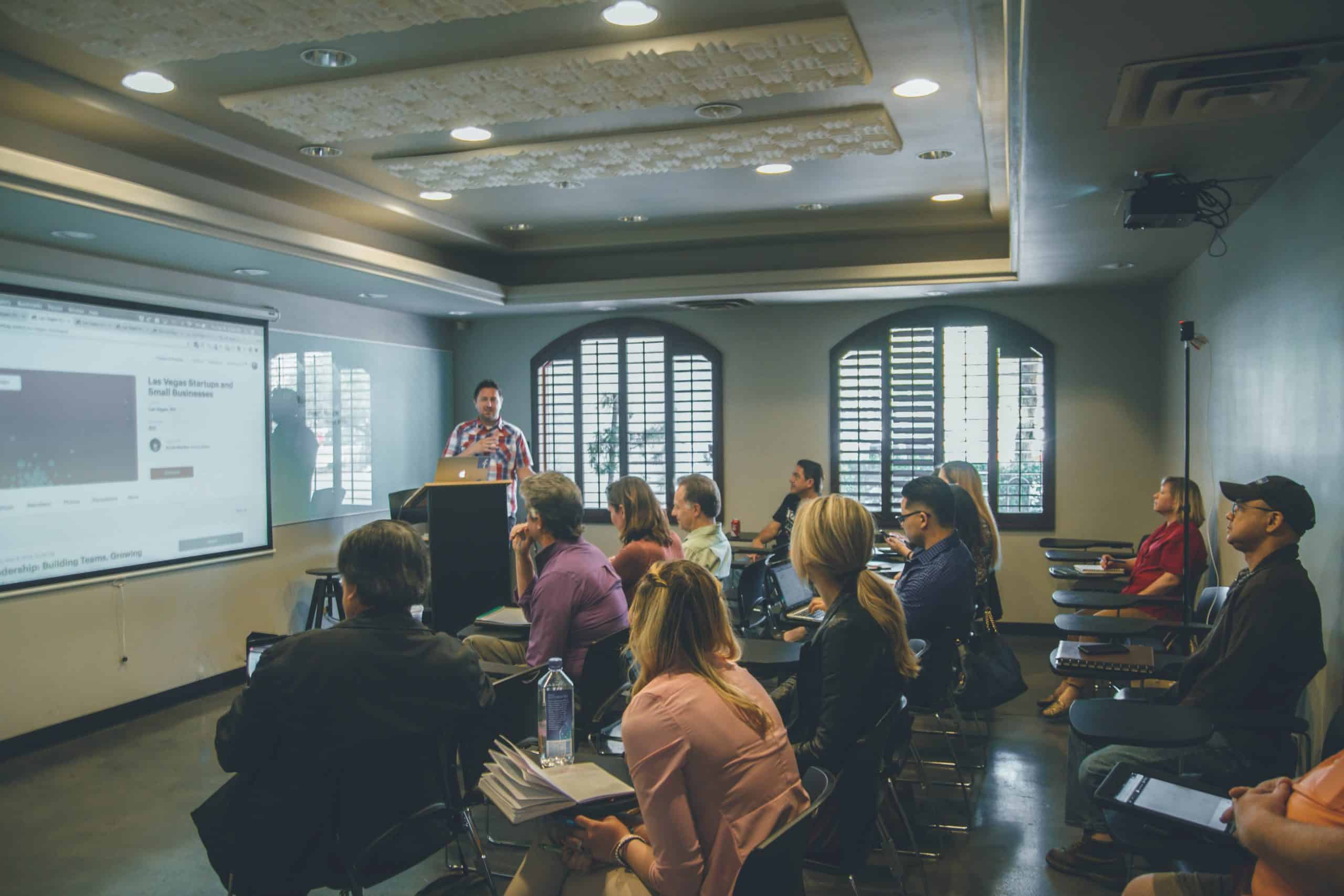Can’t handle proxy blocks anymore? If you are consistently involved in online scraping, you will be aware of two points to keep in mind as you proceed. There are legal implications and intellectual property restrictions. While it is not illegal to extract data from a website without the website owner’s consent, the conduct is frowned upon, which is why IP addresses are constantly blocked.
Apart from the fact that this data can be utilized to gain an advantage in business, the employment of bots and bot-related activities on a website can degrade its performance and eventually cause it to crash.
Therefore, if you choose to begin web scraping, ensure that you can complete the procedure before you start to prevent wasting your resources. One method to assure your success is to avoid having your IPs blocked, and in this post, we’ll explore how to minimize the chance of your proxy blocks.
Your proxy selection is another critical item to consider before beginning the scraping process. While all proxies provide anonymity, some are more cautious and harder to identify than others.
Quality proxies from The Social Proxy provide dedicated IPs that are difficult to identify by a website’s anti-bot detection software, making them an excellent source for IPs.
How to Reduce the Risk of Your Proxy Blocks
The following are tips to avoid your proxies from being blocked by websites:
1. Obey the Website’s Terms of Service
Before crawling a website, familiarize yourself with its crawling policies. It is widely acknowledged that the greatest results are obtained by being polite and adhering to the crawling regulations of the website.
For most websites, a robots.txt file is located in the root directory and provides information such as what can be scraped and what cannot be scraped. Additionally, it contains information on the frequency with which you can scrape.
Additionally, you should review a website’s Terms of Service, as they contain information on the site’s data. You’ll learn whether the material is public or copyrighted, as well as the best methods for gaining access to the target server and the data you require.
2. Scrape At a Slower Speed and Rate
Bots are utilized because they are more efficient and faster than humans, which is one of the ways websites detect and ban them. This activity, like any other that does not appear natural or human, raises suspicion, and in order to do your business without drawing attention to yourself, you must limit the number of requests you submit per minute. Additionally, excessive queries have a detrimental effect on the target server, as they overload it and cause it to become slow and unresponsive.
Reconfigure your scraper and make it slower by randomly suspending it between queries. Additionally, when a certain amount of pages has been discarded, give it lengthier sleep periods of various duration. To avoid raising too many suspicions or red flags, it’s a good idea to be as random as possible.
3. IPs that Rotate
Anyone working in web scraping is familiar with the typical caution against sending out too many requests from the same IP address. This virtually ensures that you will be blocked, and so you will want many proxies before beginning scraping. To extract data, you must make many requests to the web server, the number of which is determined by the amount of data you require. Because normal human behavior has a limit on the number of requests that may be submitted at any given moment, anything beyond that would be considered bot activity.
An IP rotator is required to use numerous proxies for web scraping. This software obtains an IP address for the duration of a session or for a preset time period and uses it to send out queries. This will convince the destination server that the requests are coming from the same device, protecting you from being banned.
4. Deploy Your Crawling Pattern Randomly
Anti-bot tools on websites can detect bot activity by monitoring their activities and identifying trends in their behaviors and movement to other websites. This is especially true if you are working with a fixed pattern, which is why being random is beneficial.
To minimize the danger of your proxies being blocked, configure your bot to conduct mouse movements, clicks, or scrolling randomly.
In these ways, humans are unpredictable, and what you’re going for is human-like behavior. Thus, the more unpredictable you appear, the more human-like you appear.
5. User Agents
Your user agent HTTP request header communicates with the target server information such as the type of application used, the operating system, the software used, and the software version. It also enables the target server to choose which HTML layout to send: desktop or mobile.
If the user agent string is missing or strange, this may raise a red alert, as the website server may interpret it as being from a bot. To avoid this, utilize standard configurations to avoid suspicion.
When data needs to be extracted from a target website, the usage of bots is critical. This technique is possible to perform manually, but it is extremely tedious, necessitating the use of an automated process. The usage of bots enables several requests to be sent swiftly to the site’s servers, allowing you to obtain all of the data you require quickly.



